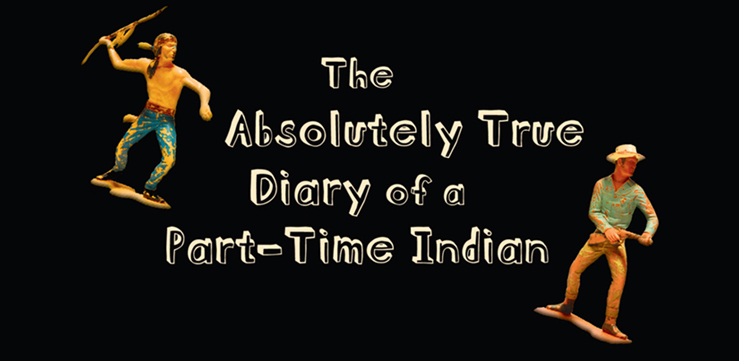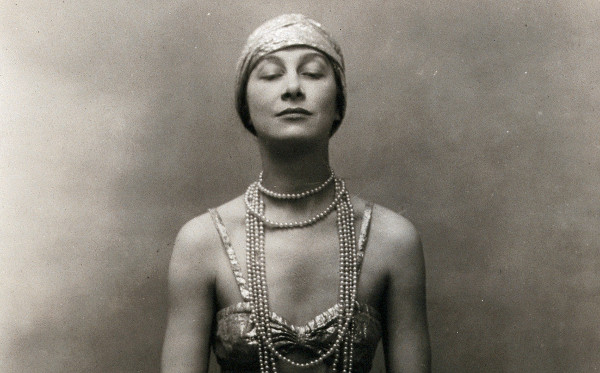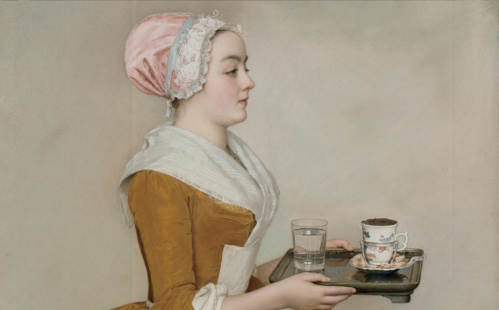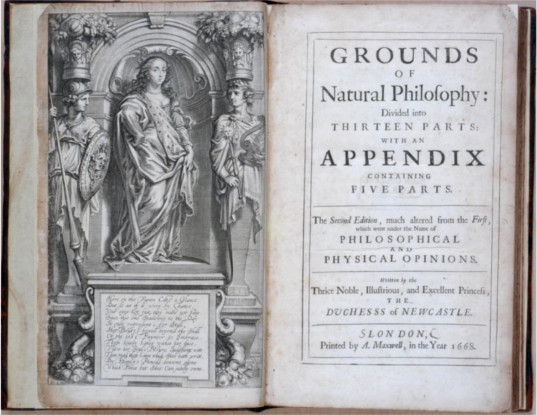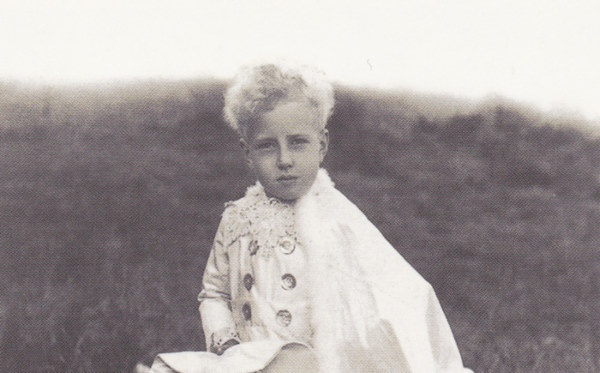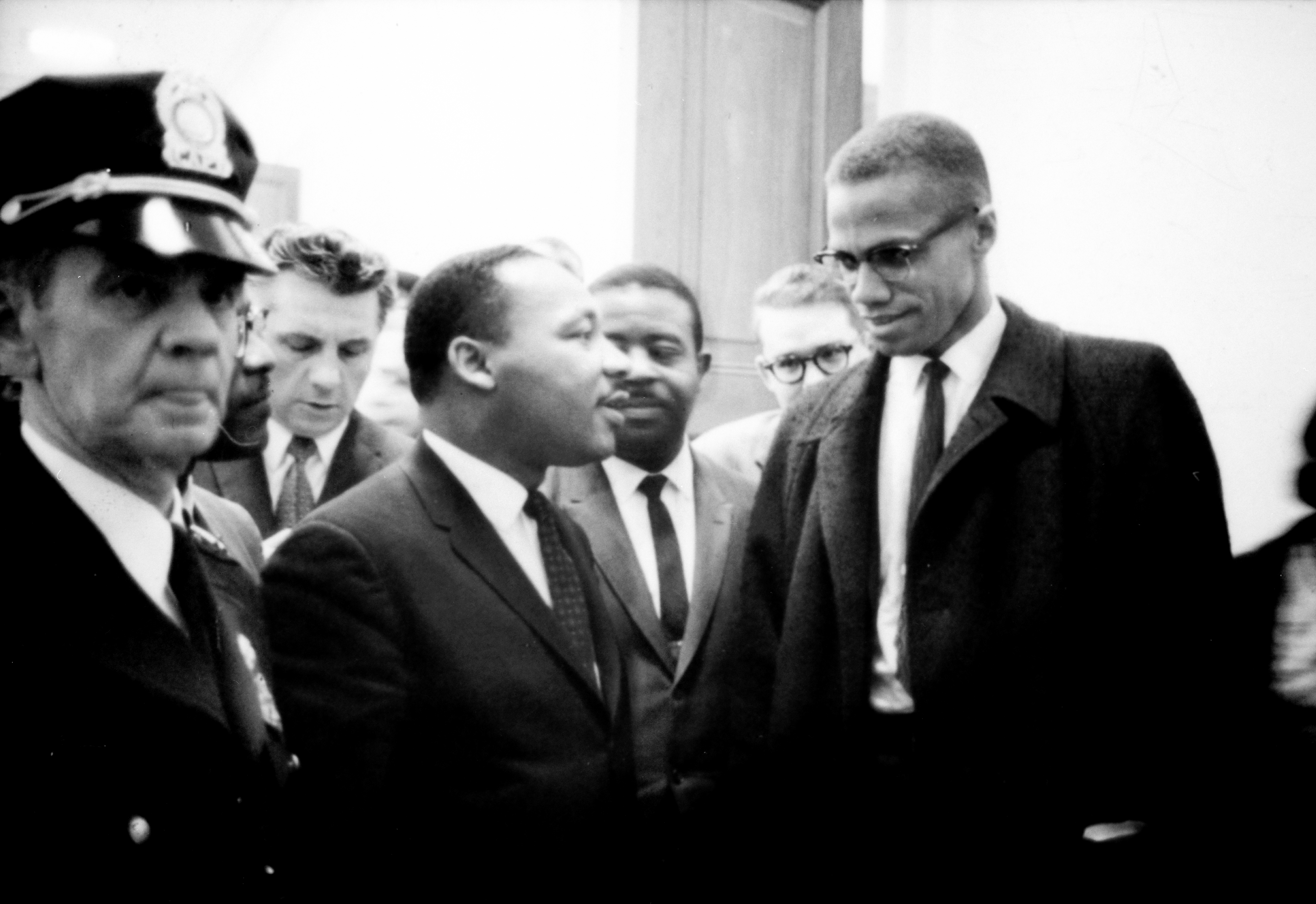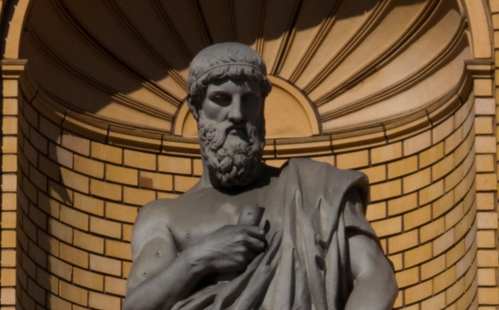“A Lonely Indian Boy”: Censorship and Isolation Surrounding Sherman Alexie’s The Absolutely True Diary of a Part-Time Indian
By Zoe McKenna
In a world full of people driven by social interaction, it is difficult to ignore how heavily one can be influenced by the media that surrounds them. This essay examines Sherman Alexie’s The Absolutely True Diary of a Part-Time Indian, and its use in teaching—or rather the lack thereof, as this essay will address the occurrences of the book being banned in schools. The paper focuses on the banning of The Absolutely True Diary, the outcome for the audience, and how that could affect certain subgroups, including the children of alcoholics and Native American youth. It also notes the reactions to book banning, both from the youth audience and from Alexie himself. Examining these reactions can lead to the conclusion that the banning of literature to young audiences creates a disconnect between some youths and the people they see represented in the media they are permitted to consume. The allowed selection of reading leaves some young readers with no sense of identification with characters they are allowed to read, as the characters are only those that our culture deems to be fit for mass media. This concept is important as the lack of a sense of belonging has been linked by major sociological theorists, such as Émile Durkheim, to higher suicide rates. This essay suggests that by identifying ties between media, isolation, and suicide, our culture can cease to narrow that which our children are permitted to read and identify with, in the hopes of broadening their sense of belonging.
◊ Read the rest in .pdf, or below ◊
The Absolutely True Diary has faced censorship in the school districts of several states, such as Missouri, Wyoming, Washington, and Idaho. The book was banned for its mention of mature thematic elements, such as masturbation, and its use of racist slurs and coarse language (Stillman, par. 4). These topics were deemed inappropriate for the youth audience to which the book was aimed. However, this concept of what it means to be “appropriate” is a subjective quality that is different to each culture, as well as to each individual.
The decision to censor a book is determined by teachers and parents, people who will be affected in minor ways or not at all by the book’s reading. The two parties who are directly tied to the book’s circulation, students and the author, are rarely, if at all, consulted on their views in the decision. When they are considered, however, they tend to disagree with the choice to ban the novel. In an interview held with six children, ages ranging from six to twelve, when asked their opinions towards book banning in general, it became clear that their ideas did not always reflect those of their parents or instructors. The study concluded that:
these children, unlike many adults, were not concerned about homosexuality, [and] sex, … in children’s books. They also showed sensitivity to the idea that the perception of inappropriate content is subjective, understanding that what one person finds controversial or offensive can be enjoyed by many others. (Isajlovic-Terry 41)
This, paired with several statements from the students that a banned book was more desirable (41), meant that a ban was almost counterproductive. The children “ultimately felt that they could decide for themselves and act to get those materials” (41), and that a banning could not stop them from exploring what it was that they wished to read.
An interview was also conducted with Sherman Alexie, investigating his reaction to the controversy his work seemed to spur. Alexie stated that, when writing, he “didn’t think about the reaction[s] people would have to it” (Fraser 60). The bans were not in any way positive to Alexie, as it limited the audience to which he could reach. Alexie said:
There is a whole other population out there I want to reach. And so for me, what kind of art can I create that gets to them? I don’t want to have an elitist career. I’ve won awards, I’ve gotten a lot of attention, I’ve been in The New Yorker, and I’m very happy with all of that. I’m very proud. But I would consider myself a failure if more people didn’t read me. I’d rather be accessible than win a MacArthur. (qtd. in Berglund xvi)
This demonstrated that to Alexie the ability to reach more of the population is the ultimate goal, something that is severely hindered when his work is banned from large groups of youth.
This idea of a narrowed audience leads into the problem of who makes up this refined audience. Alexie is very driven in his intent to reach audiences that include the stereotypes he fit into as a child: the child of an alcoholic, as well as a young Native American (Berglund). Alexie’s goal is to provide media to which these children can relate, written by someone who experienced the situations first hand and can both empathize with the reader as well as explain the world they are involved in. There must be these elements of relativity between the author and his readers, especially those who make up minority groups that do not generally feature in mass media. Alexie argues that “if Indian literature can’t be read by the average 12-year-old kid living on the reservation, what the hell good is it? You couldn’t take any of [Vizenor’s] books to the rez and teach them, without extreme protestation. What is an Indian kid going to do with the first paragraph of any of those books?” (Berglund xvi), explaining why Native youth were his target audience. Within this quote, one could extract Alexie’s underlying message of how youth that cannot find books that hold characters to which they can relate will feel the same form of isolation that he felt as a youth. The Absolutely True Diary provides a source of identity with characters by the two major subcultures that Alexie belonged to in his youth, a young Native American and a child of alcoholics.
The Absolutely True Diary tells the story of a young Native American boy named Junior who struggles with his sense of self both as an individual and as a Native person. In an interview with Joshua B. Nelson, Alexie describes the situations of these Native American youth as “social pressures, the social rules inside the Indian world … [are] something that outsiders rarely understand” (42). This lack of worldly understanding can leave a young Native American teen to feel isolated in a world of whitewashed media. The Absolutely True Diary explicitly states moments in which Junior feels alone in his world, like a cultural phenomenon that does not fit completely into life on the rez or into life in the neighbouring town. This can be seen when Junior says “[he feels] like two different people inside of one body … like a magician slicing [him]self in half, with Junior living on the north side of the Spokane River and Arnold living on the south” (Alexie).
There are times in The Absolutely True Diary when Junior is more than just emotionally alone; he is also physically an abnormality in the environment. An example of this is his arrival to Reardan school “whose mascot was an Indian, thereby making [him] the only other Indian in town” (56). However, as Junior grows and develops through the course of the book he finds that there are others around him with whom he can relate and bond. This leads later in the book to a realization, where Junior says that “I might be a lonely Indian boy. But I was not alone in my loneliness” (217). This sense of camaraderie with those around him gave Junior strength. Though Junior may just be a character, he is also a representative of very real children who may have no one to relate to and so feel lonely in the world. Through novels such as Alexie’s, these children may be able to find characters to identify with that also give them the same feeling of not being secluded.
Alexie has also stated that “as a child [he was] reared in the midst of alcoholism in the harsh economic realities of rural reservation life” (Berglund xi); so when Alexie is writing the novel that his twelve-year old self lacked, he is writing to children in this same situation. The novel itself provides several examples of alcoholism in a variety of its forms, which can be displayed in the comparison of two major alcoholic characters in the novel: Junior’s father, and Rowdy’s father. Junior’s father, while an alcoholic, is a good man who cares for and loves his family in the best ways he can, and Junior describes him as “an undependable drunk … He may not have loved me perfectly, but he loved me as well as he could” (189). This is a stark contrast to descriptions of Rowdy’s father, who is also an alcoholic but is an abusive drunk who beats his son and his wife, described as always “drinking hard and throwing hard punches” (16).
This inclusion of more than just the stereotyped abusive alcoholic gave rise to Alexie’s inclusion of the line, “[t]here are all kinds of addicts, I guess” (107). In the novel there are several situations that arise due to the effects of alcohol. Alexie is opening his audience up once again, so children who are living under the influence of alcoholism are not limited to the one stereotype to which they are expected to relate. Situations are as individual as the people who experience them, and Alexie is making efforts to ensure that the situations in his work allow for as many people as possible to find some sense of identification in the material that they read.
Through the examination of the subgroups addressed above, it can be noted that the overall result of a lack of representation in the media and a lack of characters or icons to relate to creates a sense of isolation in the young readers who cannot find themselves in the work they read. This sense of loneliness has been linked to suicide rates by historical sociological theorist, Émile Durkheim. Durkheim concludes that suicide could be linked to “the degree to which individuals [are] connected or committed to society,” and that “too weak a connection to society could produce suicide as well” (Steckley 14). As this essay has described, lack of representation in the media can leave youth who are not members of the dominant culture feeling isolated, without that “connection to society.” The theory that this isolation would result in high youth suicide within the Native American community is, sadly, supported with research. A 2012 study has shown that “the rate of suicide for American Indian and Alaska Natives is far higher than that of any other ethnic group in the United States—70% higher than the rate for the general population of the United States” (Dorgan 213). In this case Durkheim’s theory is proven true; cultures who can find no sense of solidarity within the world tend to display greater risks of suicide. The censorship breeds loneliness, and this loneliness can have fatal consequences.
A sense of oneself and who we are in regards to the rest of the world is an integral part of youth development and growth. However, more and more in our culture superior parties such as parents and teachers step in to limit the tools that a child has to learn about the world, about who they are, and about who they are not. In cases such as those with Native American youth, where the isolation is already so intense that the suicide rates have skyrocketed to an unthinkable level, perhaps we must take note of how this sweeping eradication of minority cultures in the media is affecting the people who make up these cultures. Maybe through this connection we can begin to take steps away from book censorship. If a teen is to grow up with an awareness of the world and who they are capable of being, we as the generation in control of the material they have access to must do everything in our power to expand their access in order for them to be able to reach their wildest dreams.
Works Cited
Alexie, Sherman. The Absolutely True Diary of a Part-Time Indian. New York: Little, Brown and Co., 2007. Print.
Berglund, Jeff. “Introduction.” Sherman Alexie: A Collection of Critical Essays. Eds. Jeff Berglund and Jan Roush. Salt Lake City, UT, USA: University of Utah Press, 2010. xi-xxxix. ProQuest ebrary. Web. 2 December 2015.
Dorgan, Byron L. “The Tragedy of Native American Youth Suicide.” Psychological Services 7.3 (2010): 213-8. Web.
Fraser, Joelle. “An Interview with Sherman Alexie.” Iowa Review (Univ. of Iowa, Iowa City) 30.3 (2000): 59. Web.
Grassian, Daniel. Understanding Sherman Alexie. Columbia: University of South Carolina Press, 2005. Web.
Isajlovic-Terry, Natasha, and Lynne (E.F.) McKechnie. “An Exploratory Study Of Children’s Views Of Censorship.” Children & Libraries: The Journal Of The Association For Library Service To Children 10.1 (2012): 38-43. Academic Search Premier. Web. 15 Nov. 2015.
Nelson, Joshua B. “‘Humor Is My Green Card’: A Conversation With Sherman Alexie.” World Literature Today 84.4 (2010): 39-43. Academic Search Premier. Web. 2 Dec. 2015.
Steckley, J., and G. Kirby Letts. (2013). Elements of Sociology. Don Mills: Oxford University Press.
Stillman, Adam. “The Absolutely True Diary … Absolutely Banned.” CedarRepublican.com. September 15, 2010. Accessed December 3, 2015.
